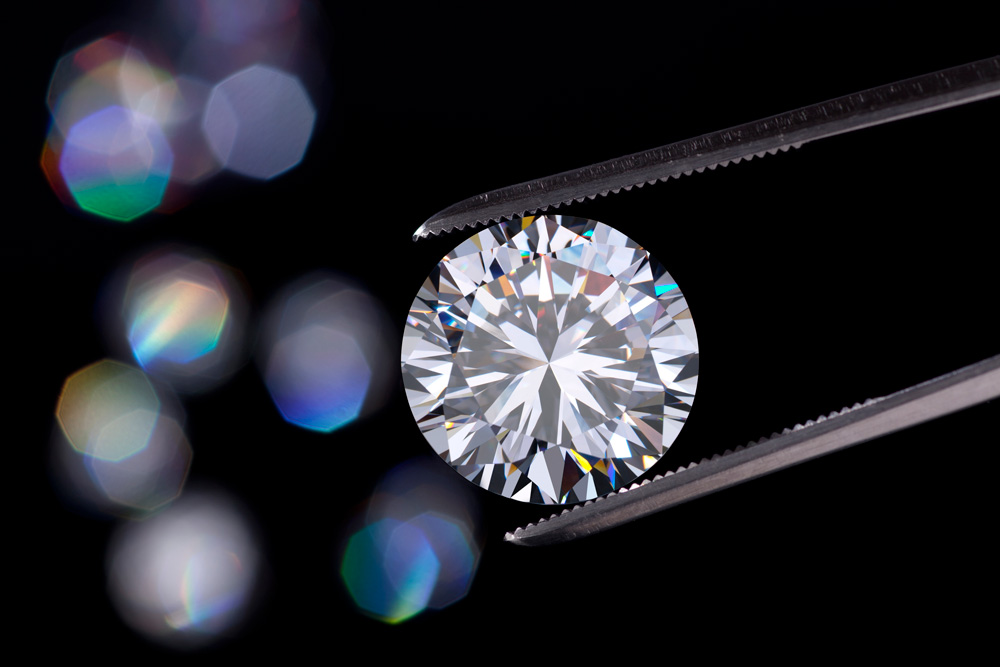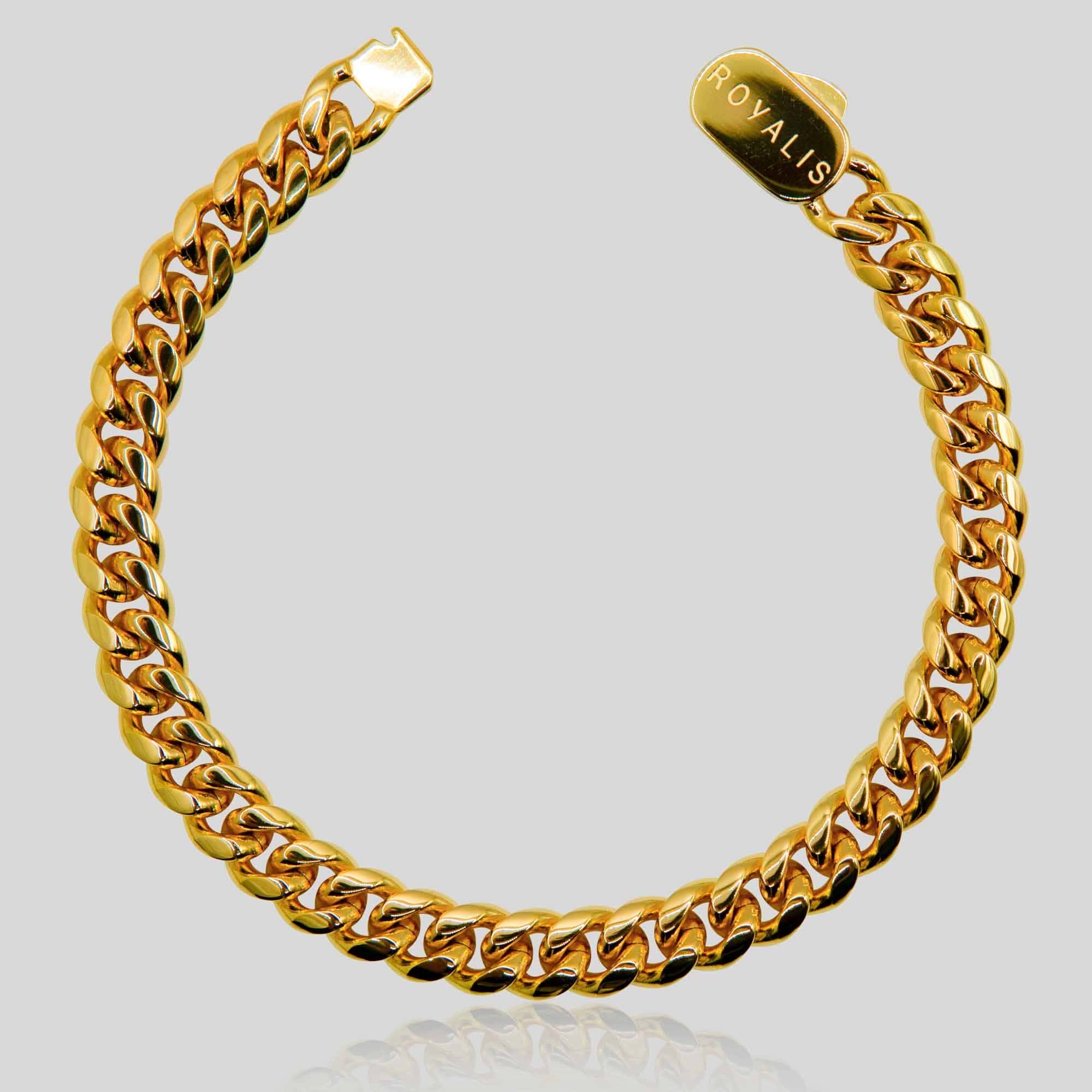
The Rise of Lab-Grown Diamonds: A Better Alternative to Mined Diamonds?
admin
- 0
Lab-grown diamonds, often known as synthetic or cultured diamonds, have emerged as a popular alternative to traditional mined diamonds. With advancements in technology and a growing awareness of ethical and environmental issues, many people are turning to lab-grown diamonds for their jewelry needs. This article explores why lab-grown diamonds are considered better, examining the key factors of environmental impact, cost, ethical considerations, and quality.
Understanding Lab-Grown Diamonds
Lab-grown diamonds are created using advanced technological processes that replicate the conditions under which natural diamonds form within the Earth. There are two primary methods for creating lab-grown diamonds: High Pressure High Temperature (HPHT) and Chemical Vapor Deposition (CVD). Both methods produce diamonds that are chemically, physically, and optically identical to their mined counterparts.
HPHT Process
The HPHT method involves subjecting a diamond seed to extreme pressure and temperature, replicating the natural conditions deep within the Earth. This process can produce diamonds in various colors depending on the materials used during the growth phase.
CVD Process
The CVD method involves introducing a carbon-rich gas into a chamber where a diamond seed is placed. The carbon atoms deposit onto the seed, creating a diamond layer by layer. This method allows for greater control over the diamond’s characteristics and is often used for producing gem-quality diamonds.
Environmental Benefits of Lab-Grown Diamonds
One of the most compelling reasons for choosing lab-grown diamonds over mined diamonds is the significant reduction in environmental impact. Traditional diamond mining involves large-scale excavation, deforestation, and ecosystem disruption. Here are some of the environmental benefits of lab-grown diamonds:
- Reduced Carbon Footprint: Lab-grown diamonds generally require less energy and produce fewer carbon emissions compared to mining operations.
- Minimal Land Disturbance: The production of lab-grown diamonds does not involve large-scale excavation, preserving landscapes and habitats.
- Less Water Usage: Diamond mining requires significant amounts of water, whereas lab-grown diamond production uses much less.
Ethical Considerations: Avoiding Conflict Diamonds
Ethical concerns surrounding traditional diamond mining have driven many consumers toward lab-grown diamonds. Conflict diamonds, also known as “blood diamonds,” are mined in war zones and often used to fund armed conflict. By choosing lab-grown diamonds, consumers can avoid supporting such practices. Here’s why lab-grown diamonds are considered more ethical:
- Transparency: Lab-grown diamonds come with detailed certification and traceability, ensuring ethical sourcing.
- No Human Rights Violations: Traditional diamond mining has been associated with exploitative labor practices, while lab-grown diamonds are produced in controlled environments.
- Support for Fair Trade: Choosing lab grown diamonds are better promotes a more sustainable and fair trade approach to the jewelry industry.
Cost Advantages of Lab-Grown Diamonds
Lab-grown diamonds offer a more affordable alternative to mined diamonds, making them accessible to a broader range of consumers. While the cost of lab grown diamonds can vary based on size, cut, and clarity, they are generally 20-30% less expensive than their mined counterparts. Here are some reasons why lab-grown diamonds are cost-effective:
- Less Labor-Intensive: The production process for lab-grown diamonds is more efficient, reducing labor costs.
- Fewer Middlemen: Lab-grown diamonds often have a shorter supply chain, reducing the number of intermediaries involved.
- Increased Availability: The controlled environment allows for consistent production, leading to a steady supply of diamonds in the market.
Quality and Aesthetics: Are Lab-Grown Diamonds As Good As Mined Diamonds?
A common question is whether lab-grown diamonds are as good as mined diamonds in terms of quality and aesthetics. The answer is a resounding “yes.” Lab-grown diamonds possess the same physical and chemical properties as mined diamonds, including hardness, brilliance, and fire. Here’s why lab-grown diamonds are a high-quality option:
- Identical Structure: Lab-grown diamonds have the same crystalline structure as mined diamonds, making them just as durable.
- Same Gemological Grading: Lab-grown diamonds are graded by reputable gemological institutes using the same criteria as mined diamonds.
- Wide Variety: Lab-grown diamonds come in various cuts, colors, and sizes, allowing consumers to choose from a wide selection.
Conclusion: Why Lab-Grown Diamonds Are the Better Choice
Lab-grown diamonds offer numerous advantages over traditional mined diamonds, making them a compelling choice for consumers. With a lower environmental impact, ethical sourcing, and cost savings, they align with the values of today’s environmentally and socially conscious buyers. Additionally, their quality and aesthetics are on par with mined diamonds, ensuring that consumers do not have to compromise on beauty.
As the jewelry industry continues to evolve, lab-grown diamonds are poised to become the preferred choice for many. Whether you’re in the market for an engagement ring, a necklace, or any other diamond-studded piece, consider the benefits of lab-grown diamonds and make a choice that aligns with your values and budget.
